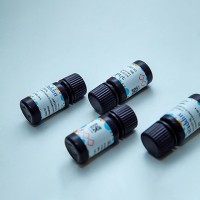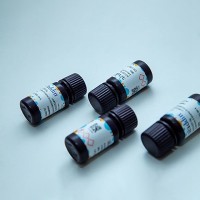Genome-Wide Epigenetic Analysis of Human Pluripotent Stem Cells by ChIP and ChIP-Seq
互联网
632
Chromatin immunoprecipitation (ChIP) is used to evaluate the interaction of proteins and genomic DNA. In eukaryotic cells, the DNA is highly compacted with the evolutionarily conserved histone proteins (which together with DNA form the nucleosome) and other chromosomal-associated proteins to form the chromatin structure. Chromatin structure is dynamically regulated by several mechanisms including transcription factor binding and various posttranslational modifications of the histone proteins. The chromatin structure can be affected by environmental factors, such as those that induce differentiation or promote self-renewal in stem cells. Using very specific antibodies, one can evaluate the specific amino acids within the histones and each one of these modifications is associated with a distinct DNA-templated process, including transcription. Therefore, determining the location of transcription factors and histone modifications can yield important insights into the DNA-associated activities that are occurring at that particular region of the genome at that time. ChIP followed by high-throughput DNA sequencing (ChIP-Seq) provides a means to rapidly determine the precise genomic location of transcription factor binding sites and histone modifications on a genome-wide scale. Genome-wide mapping of histone modifications and chromatin-associated proteins have already begun to reveal the mechanisms responsible for regulating the pattern of gene expression in mouse embryonic stem cells. However, similar studies in human embryonic stem cells are currently lacking due to the difficulty in obtaining the large number of purified cells typically required for ChIP and ChIP-Seq experiments. Here, we describe a detailed method for determining the locations of specific histone modifications using only one million cells.









